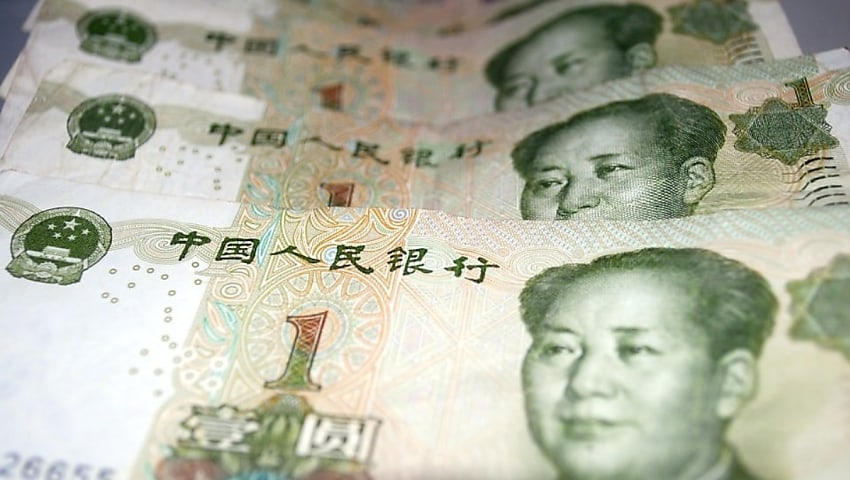Chinese debt diplomacy threatens the sovereignty and economic viability of developing nations right across the world.
In February, media reports emerged from Uganda illuminating troubling details over the Chinese-financed upgrade of Uganda’s international airport.
According to the South China Morning Post, the “aggressive” tactics employed by Chinese financiers included forcing the Ugandan government to repay Chinese debt before “funding public services”, while the revenue from the airport would be funnelled into a “joint account with the lender”.
News of Chinese predatory lending practices is not new. However, recent revelations have illustrated further worrying information the nation’s predatory lending practices in the developing world.
Writing in ASPI’s The Strategist this week, Brahma Chellaney, professor of strategic studies at the Centre for Policy Research and fellow at the Robert Bosch Academy in Berlin, detailed how nations across the globe have fallen prey to Chinese debt traps.
Professor Chellaney assesses the recently revealed details of the Kenyan-Chinese financing agreement, observing that the contract’s extreme clauses have been leaked in violation of confidentiality clauses.
“The contract not only imposed virtually all risk on the borrower (including requiring binding arbitration in China to settle any dispute), but also raised those risks to unmanageable levels (such as by setting an unusually high interest rate),” he observed.
The restrictive Kenyan contract demonstrates the extent to which China has wrapped the developing world in a debt trap.
“Its outstanding foreign loans now exceed 6 per cent of global GDP, making China competitive with the International Monetary Fund as a global creditor,” he continued.
“And through loans extended under its US$838-billion Belt and Road Initiative, China has overtaken the World Bank as the world’s largest funder of infrastructure projects.”
Worryingly, restrictive repayment clauses have allowed China to expropriate swathes of critical infrastructure across the world — not only giving them power over civilian services, but also military basing opportunities.
“Pakistan has given China exclusive rights to run its strategically located Gwadar Port for four decades. During that time, China will pocket a whopping 91 per cent of the port’s revenues. Moreover, the China Overseas Ports Holding Company will enjoy a 23-year tax holiday to facilitate its installation of equipment and machinery at the site,” he observes.
“Near Gwadar, China plans to build an outpost for its navy — a move that follows a well-established pattern.”
Though, others have poured cold water on suggestions that China’s debt diplomacy is a malicious rouse to trap the developing world.
Writing for the Lowy Institute’s The Interpreter, Shahar Hameiri suggests that much of the assumed “malice” is actually just “incompetence”.
“Take Sri Lanka’s Hambantota Port. It is portrayed as the case par excellence for China’s debt-trap diplomacy. The conventional account is that China lent money to Sri Lanka to build the port, knowing that Colombo would experience debt distress and Beijing could then seize it in exchange for debt relief, permitting its use by China’s navy,” Hameiri said.
“This narrative is simply incorrect. The project was proposed by former Sri Lankan President Mahinda Rajapaksa, not Beijing, as part of his government’s corrupt and unsustainable development program.
“Sri Lanka’s debt distress arose not from Chinese lending, but from excessive borrowing on Western-dominated capital markets.”



